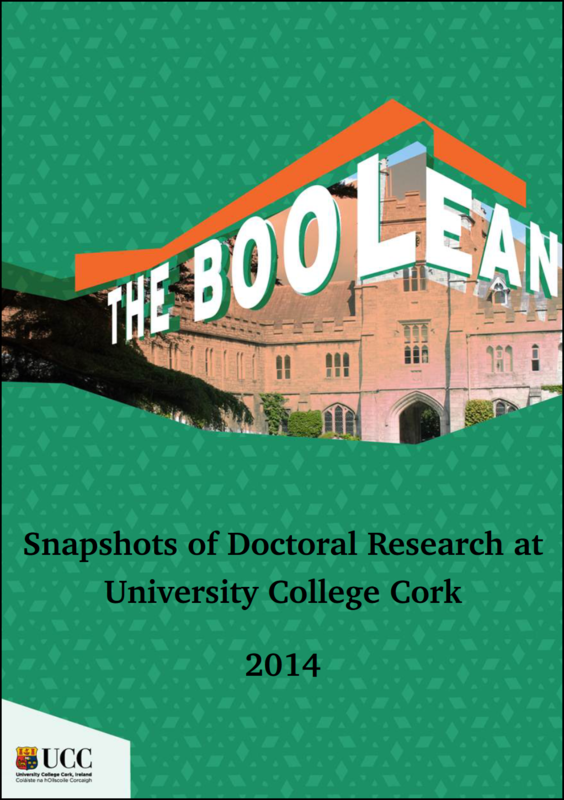Ireland's Medieval Woodland: An archaeological approach to understanding long term patterns of wood use, management and exploitation
DOI:
https://doi.org/10.33178/boolean.2014.13Abstract
Mayo, Roscommon, Derry, Newry, Trim, Roscrea, Adare, Kildare, Kilcullen, Cratloe, Youghal, Clonakilty, – what do these Irish place names have in common? They all derive from the name of a tree or a wood. Of the 16,000 townlands in Ireland, approximately 13,000 are named after trees. Root words expressive of woods, forests and trees include coil/coillte (wood); daire/daur (oak); coll (hazel); cuileann (holly); sail (willow); iúir/eo (yew), trom (elder) and beithe (birch), the earliest written records date to the seventh century A.D. In most cases, the woods that lent their name to places in Ireland have long gone, but through the uniqueness of Irish place names, we gain a fascinating insight into the high regard in which people in medieval Ireland held the humble tree. It has long been the perception that Ireland was an extensively wooded country up until the seventeenth century. We know very little of the extant ...Published
2014-01-01
Issue
Section
Articles
License
Copyright (c) 2014 the author(s)

This work is licensed under a Creative Commons Attribution-NonCommercial-NoDerivatives 4.0 International License.



